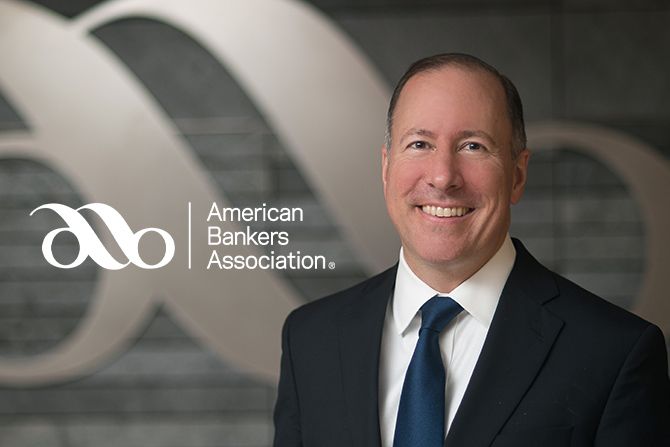Changes to capital rules, even if they are only intended for the largest banks, will inevitably affect all parts of the banking system.
In early October, I sat down with Federal Reserve Vice Chairman for Supervision Michael Barr at ABA’s Annual Convention in Nashville. The topic of our conversation was bank capital.
The failures of Silicon Valley Bank, Signature Bank and First Republic Bank have prompted regulators to begin clamoring for major capital increases at larger banks. My question to Vice Chairman Barr was: Why?
Why, when the spring bank failures were attributed to a combination of idiosyncratic liquidity challenges, poor risk management practices and oversight missteps, did regulators put capital in the crosshairs?
Why, when policymakers — including the vice chairman himself — have stated repeatedly that the banking system is strong, resilient and well-capitalized, is a major change in capital levels suddenly warranted?
While I appreciated the vice chair’s willingness to engage in the conversation, I found the answers I received unsatisfying, to say the least.
He echoed a common argument among proponents of the so-called “Basel III endgame,” namely that the last set of capital changes instituted after the 2008 financial crisis did not lead to dramatic economic declines, and that the banking system continued to grow, even while holding higher amounts of capital in reserve.
While these statements aren’t false, they’re a poor justification for additional capital increases now. The truth is the post-crisis capital changes did affect economic growth, and they succeeded in driving business outside of the regulated banking sector. Just look at bank mortgage originations in the years since 2007. The share of mortgage originations by banks has declined steadily since the post-crisis rule changes, plummeting from around 80% to just under 30% in 2022. That’s just one example; there are others.
Here are the facts:
We already have an effective framework in place that requires regulators to sensibly tailor rules based on a bank’s risk profile and business model.
Banks already hold sufficient capital, as evidenced by the industry’s collective weathering of several significant events in recent years, from a global pandemic to a period of rapidly rising interest rates to resiliency in the face of the isolated bank failures in the spring.
The proposed rules on the table would return our current framework to a one-size-fits-all approach that would put U.S. banks at a competitive disadvantage to their foreign peers. They have the potential to drive more business away from banks and into the less-regulated shadow-banking sector. They also fail to appropriately consider the potential economic consequences of forcing banks to hold even more capital in reserve.
Bankers know there is a cost to holding too much capital — and it’s paid by both consumers and businesses who need credit.
To ignore these realities would be a misstep, especially since history tells us that any capital increase for larger banks will eventually affect community banks as well. That’s why ABA has been so vocal in calling on regulators to conduct a thorough quantitative impact study to determine the full extent of potential economic consequences, which they agreed to do in mid-October, alongside an extension of the comment period.
However, simply collecting the data is not enough. Regulators and the public need ample time to review and evaluate the data to understand the full picture. The current timeline, even with the comment deadline extension, does not allow for that.
Given the wide-ranging effect this rulemaking could have, the only appropriate course of action is for regulators to withdraw and repropose the rule after the data can be fully assessed. Changes to capital rules, even if they are only intended for the largest banks, will inevitably affect all parts of the banking system. This is too important to get wrong.
Rob Nichols has been president and CEO of the American Bankers Association since 2015 after 10 years at the helm of the Financial Services Forum, a nonpartisan economic policy and advocacy organization. He also served in the George W. Bush administration as assistant secretary for public affairs at the Treasury Department.
Email Rob at RNichols@ABA.com










